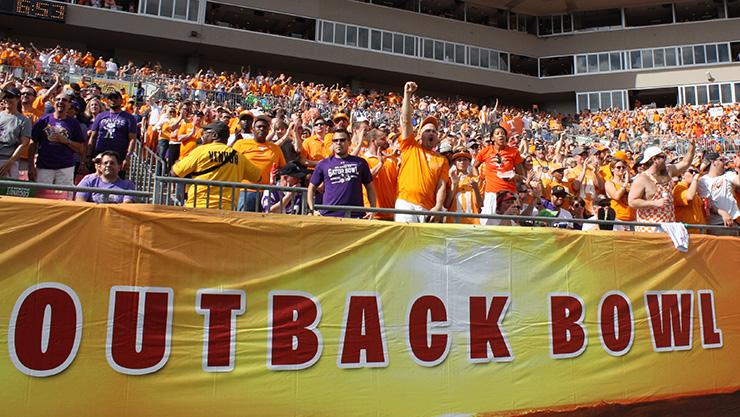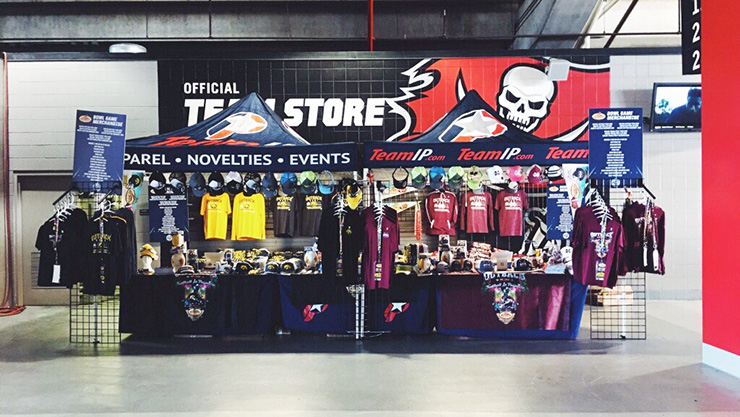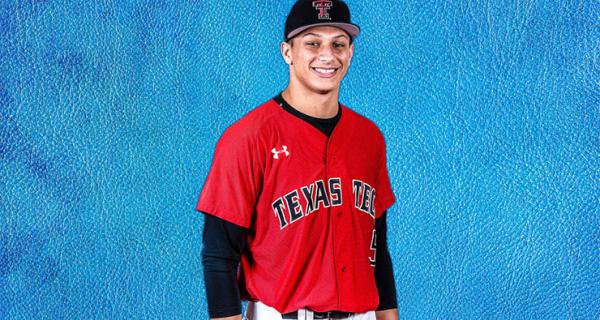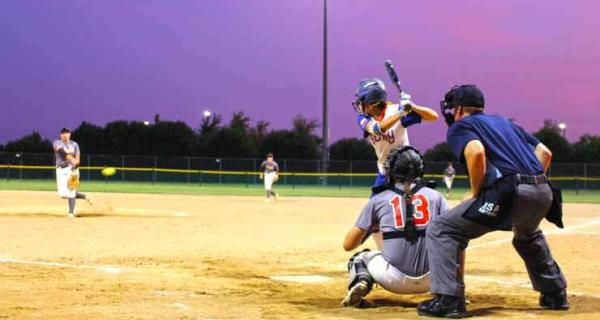Bowl Games Fight to Add Attendance and Interest
ESPN partners with Team IP to develop strategies to reengage audiences in college football bowl games.

There are 40 college football bowl games in the 2019-2020 postseason, and there will be 43 the following year. Good luck finding someone who can explain the off-field aspects of the system.
Fans and players are not likely to care how teams are chosen or who runs the bowls. The same is true for who profits or what sort of economic impact communities feel. Those are the stats the folks behind the scenes obsess over.
“No one understands this stuff,” jokes Mike Schulze, director of communications and sponsorships for the Outback Bowl. “They all think we work one day a year.”
Even guys like Schulze, who has been with the Tampa-based game for 30 years of its 33-year existence, have to stay alert for breaking news. In a system that is always evolving—from BCS to CFP to six-year contracts and shifting conferences and TV affiliations—stagnant to decreasing attendance and interest is keeping the college football world on its toes.
On the Decline
This is the last season of the NCAA’s most recent six-year bowl cycle. The changes to the next cycle, covering 2020 to 2025, reveal shakeups that could be a reaction to underwhelming interest. The 2017-2018 season posted the largest drop in FBS game attendance (home games, neutral site games, College Football Playoff etc.) in 30 years, according to NCAA numbers, which also show that all five power conferences reported attendance drops from 2013 to 2018.
Between 2008 and 2017, FBS attendance declined 10.1%.
The blame commonly goes to ticket prices and how younger generations view the games.
“They’re not engaging like they used to. They have other ways to consume their experiences. It used to be you had to go to the sporting event to interact with people,” says Schulze, noting tailgating as an example. “Younger people have grown up in the digital world; they don’t have to see people face-to-face. It’s different times.”

Randy Sparks, president and CEO of souvenir merchandising company Team IP, says the upcoming changes to conference affiliation in the new cycle are meant to address ratings and attendance. Team IP is the exclusive merchandiser for 14 bowls and very much in the mix of who plays where and how many people are interested in the games.
“The industry is doing everything it can to create bigger, better experiences, more entertainment value and more choices to the core fans so they’ll actually leave and travel to a bowl game,” says Sparks. “Attendance and experience is a big deal.”
Big Changes Ahead
It’s hard to get bowl stakeholders to connect the attendance woes and bowl changes, but regardless of the impetus, the main bowl changes announced thus far are:
- Three new bowls, at Fenway Park, in Los Angeles and in Myrtle Beach.
- SEC and Big 10 teams will switch off appearances in the Las Vegas Bowl and the Belk Bowl. In 2021, 2023 and 2025, an SEC squad will play in the Belk Bowl against an ACC representative, and a Big 10 club will play in the Las Vegas Bowl against a Pac 12 team. In the even years, SEC teams will play in the Las Vegas Bowl against Pac 12 teams, while the Big 10 representatives will play an ACC squad in the Belk Bowl.
- The new game in Los Angeles will feature teams from the Pac 12 and Mountain West playing at Los Angeles Stadium at Hollywood Park.
- The Fenway Park game will host teams from the ACC and AAC.
- ACC teams will replace Big 10 teams in the Holiday Bowl against Pac 12 teams.
- Instead of the Holiday Bowl, Big 10 teams will be in the Las Vegas Bowl and the Belk Bowl.
- The Big 10 is leaving the Armed Forces Bowl and the First Responder Bowl for Cheez-It Bowl matchups with Big 12 squads.
Even the Outback Bowl, which has hosted Big 10 and SEC teams for decades, tweaked its setup, Schulze says. The Tampa-based bowl re-signed with those conferences for another six years—and also re-signed with ESPN/ABC and Outback Steakhouse for another six years—but now as backup plans.
Schulze says in years the Orange Bowl does not host a CFP semifinal, and the top Big 10 team goes to the Orange Bowl, the Outback can choose either the top available ACC team or Notre Dame if it’s available.
“It was important to the Big 10,” Schulze says of the negotiations. “They asked us to take that over and we thought it was a nice idea because it would potentially add and mix in some new teams. That’s a good thing because it gives teams and fans a different look of teams to go watch. It’ll be a nice feature in the years it takes place.”
Familiar Faces
Brant B. Ringler is the executive director of the Lockheed Martin Armed Forces Bowl, one of 14 bowls operated by ESPN Events. He says even though one of the ways bowls keep things fresh is trying not to schedule the same teams in consecutive years, sometimes it’s unavoidable and can work just fine.
Because of ESPN’s ownership of so many games, there are many choices from conferences and independents when Ringler needs teams to play. In 2018, the game expected teams from the AAC and Big 12; Houston came from the AAC, but when Oklahoma qualified for the CFP semifinals, Ringler needed a backup.
Army agreed to play, and despite it being its second-straight Armed Forces Bowl appearance, the game sold out for the first time in the bowl’s 16-year history.
“We weren’t shy about wanting [Army] back last year,” says Ringler. “Would there be some fatigue if it were three or four years in a row? Probably. It’s what else you do around the game that makes it an exciting atmosphere for them to want to come back each and every year. If it’s a win-win for everybody involved, I see no problem with it.”
Ringler continues, “There are so many factors: the day of the game, the time of the game, a Monday game is different than a Saturday game. Holidays. We’ve been pre-Christmas the past four years and we’ve done quite well on a Friday or a Saturday. This year we’re Jan. 4, so now we have a new group of people who are able to come that might not have in past years.”








